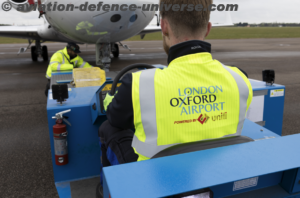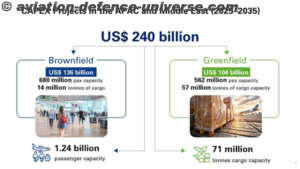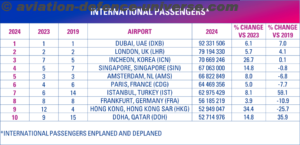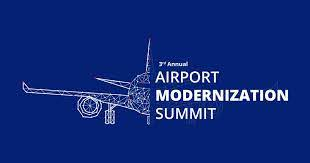- Figures show rocketing passenger growth in Samarkand and Uzbekistan
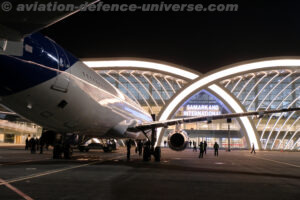 Samarkand International Airport has become the fastest growing airport in the Europe and Central Asia region, according to official figures released by the Airports Council International (ACI). With 1.38 million passengers passing through the ultra-modern terminal equating to growth of 36.6% when compared with 2023, Samarkand grew twice as quickly as the next fastest growing airport of Olbia (+18.4%), which is located on the Italian island of Sardinia.
Samarkand International Airport has become the fastest growing airport in the Europe and Central Asia region, according to official figures released by the Airports Council International (ACI). With 1.38 million passengers passing through the ultra-modern terminal equating to growth of 36.6% when compared with 2023, Samarkand grew twice as quickly as the next fastest growing airport of Olbia (+18.4%), which is located on the Italian island of Sardinia.
While airports in Europe/Central Asia finally surpassed pre-Covid figures of 2019 with passenger traffic is 2.5 billion, Uzbekistan’s historic city of Samarkand bucked that trend with 186% growth over the five-year period – making it one of the world’s fastest growing airports.
Ulugbek Shamsikulov, CEO of Air Marakanda, the airport management company for Samarkand airport, said: “Our growth is reward for the visionary investment made in our ultra-modern 21st Century Samarkand airport terminal during a challenging global epidemic. These figures underline the pent-up demand for air travel in this historic region and Samarkand’s position as a fast-emerging center for tourism and commerce in Central Asia.”
A leading Uzbek business entrepreneur and investor Bakhityor Fazilov spearheaded the development of Samarkand International Airport in a first major public-private partnership (PPP) with the Government of Uzbekistan. The futuristic new terminal opened in early 2022 and has reported record-breaking growth ever since.
Fazilov said: “At the turn of this decade and together with our government we had a vision to develop tourism in Samarkand. We have married new infrastructure and facilities – like our airport and the Silk Road Samarkand tourist center – with the unique historic and traditional features of this city. We are now seeing the fruits of that investment, with our airport now becoming one of the world’s fastest growing.
“Congratulations to everyone at Air Marakanda, a team that is delivering the kind of customer service excellence that will maintain the growth of Samarkand International Airport long into the future. We are delivering economic benefits for our historic home city, for this fast-developing region and for our country of Uzbekistan, and there is much more to come.”
While the ACI figures highlighted that overall passenger numbers were 1.8% above 2019 figures and 7.4% up on 2023, some 47% of airports still lagged behind their pre-pandemic volumes.
The airport industry organization ACI Europe represents over 500 airports in 55 countries in Europe and Central Asia. Its Director General, Olivier Jankovec, said that airports in its region had welcomed an additional 200 million passengers last year, despite “continued supply pressures, mostly tepid economic growth and geopolitical tensions. That clearly speaks volumes about how consumers are now prioritizing experiences and travel in particular.” He noted that: “2024 also confirmed major structural post-Covid shifts, with leisure & Visiting Friends and Relatives (VFR) demand and Low-Cost Carriers largely defining traffic performance – along with airline consolidation, changing air connectivity dynamics and geopolitics.”
In 2024, growth in passenger traffic at Samarkand was driven from overseas destinations, with more than 1.31 million international passengers passing through the airport. The most popular flights were from Samarkand to Abu Dhabi, Istanbul, Jeddah, Moscow and St. Petersburg.
The number of take-off and landing operations at Samarkand increased by 23% to 11,000 flight arrivals and departures.
At the end of 2024, Samarkand International Airport expanded its route network to three domestic and 23 international destinations. Among the new destinations that opened last year were: Xi’an (China), Sharm el-Sheikh (Egypt), Turkestan (Kazakhstan), Tyumen, Nizhny Novgorod and Irkutsk (Russia).
Shamsikulov added: “Air Marakanda will continue to work with our airline partners to further expand our route network, to improve the quality of service for all customers and to modernize our infrastructure with the introduction of digital services to simplify passenger interactions.”







































